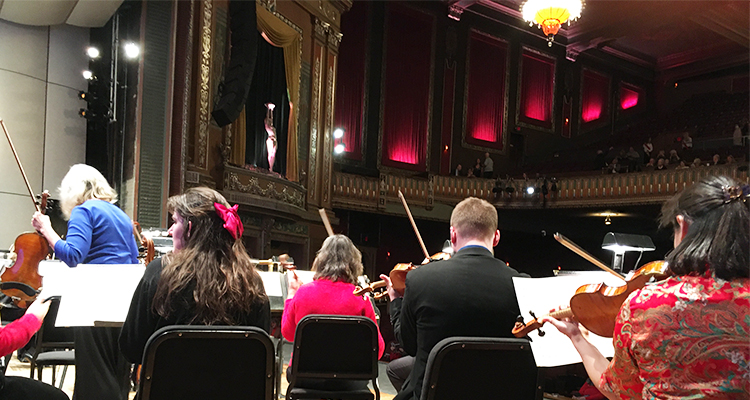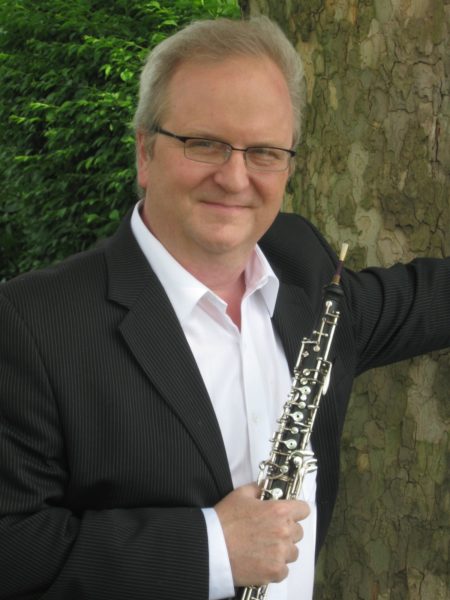
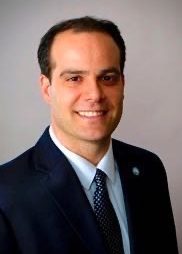
Take the symphony’s November concert, billed as Hometown’s Finest and featuring performances by long-time WSO players Roi Mezare and Robert Driscoll.
On this night, a few dozen attendees were given a surprise seating upgrade. Symphony staff ushered the lucky bunch from their seats in the main hall, brought them backstage — amidst musicians affixing reeds and checking pitches — and then seated them onstage with the orchestra.
I was fortunate to be included in their number. And making my way backstage reminded me that The Capitol Theatre is a performance hall; that is, that The Capitol is a dynamic, mechanical, shifting thing equipped to house productions of all kinds.
Just behind the tall white panels that form the canvas from which the orchestra paints lies the fly system that helps The Capitol morph into the right setting for ballets, rock shows and Dancing With the Ohio Valley Stars.
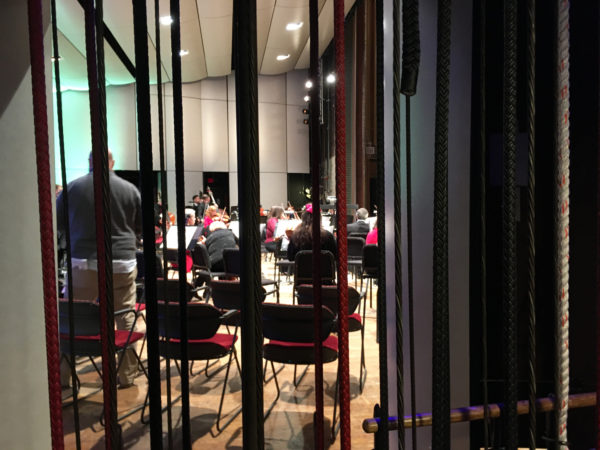
How close was I sitting to the orchestra? Well, close enough to admire the intricate pattern on a violinist’s top. Close enough to hear players talk as they prepared for the downbeat. Close enough, in fact, to actually follow along on the sheet music at times.
How close was I sitting to the orchestra? Well, close enough to admire the intricate pattern on a violinist’s top. Close enough to hear players talk as they prepared for the downbeat. Close enough, in fact, to actually follow along on the sheet music at times.
The night began with Bruce Wheeler, executive director of the WSO, filling in the rest of the audience as to why there were a few dozen people without instruments sitting onstage. He said to expect more such unexpected things from the symphony this season. Innovative viewing and performance experiences are part of the direction that the WSO will be taking under the direction of newly minted conductor John Devlin.
A MUSICAL ROADMAP
Another welcome addition, if not as novel as sitting among the orchestra, was explanations of the music. Before taking up the baton for each piece, Devlin gave the audience a roadmap of sorts, providing landmarks to listen for and vistas to consider in the music.
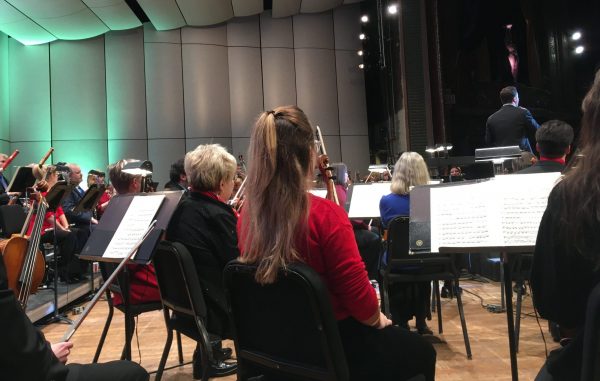
The second half of the night was programmed with Mozart’s Clarinet Concert and Prokofiev’s Classical Symphony (Symphony No.1).
“Now, this piece [the Mozart concerto] I intentionally put on the program in front of the Prokofiev Classical Symphony because there’s a bit of a theme to the night — new and old, now and then,” Devlin said.
“This piece is also special within Mozart’s output. This piece was written two months before he died, the third-to-last piece he completed as a composer. And, therefore, it is his absolute most mature style. Everything he learned from writing over 40 symphonies, 20 piano concertos, operas beyond count — including some of the most famous that we still play today — he took it and he put it through the voice of the clarinet”
Devlin continued: “The reason I draw the comparison to the Prokofiev is because when Prokofiev was a student, this is his first symphony. And he calls it classical because he’s referencing the exact same type of music you’ll hear in the Mozart concerto. Everything you hear in the Mozart for the most part will be expectation-meeting for you. He’ll set up a theme, and then it’ll be played exactly the same way by the clarinet.
“That familiarity is what the forms that classical era composers used — they used these forms to create expectation for the audience that would feel familiar. You know when you go to a baseball game that there are nine innings, and there are three outs and three strikes. And the things that happen within those parameters are what we find joy in.
“Similarly in a classical symphony, you should know how it’s supposed to go. So as it doesn’t, we start to appreciate that as joyful. When it thwarts expectations a little bit, it’s fun, it’s a joke. In the Prokofiev, boy, does he capitalize on the jokes.”
Indeed, the Prokofiev issued up its share of unexpected gestures, and the Mozart soared in nimble, classical lines.
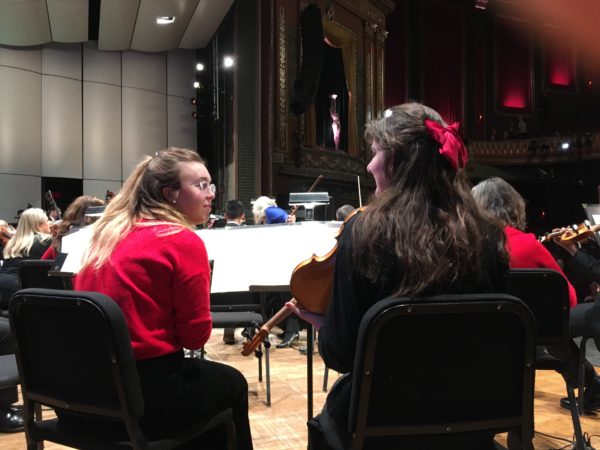
SURPRISE LEADS TO CONUNDRUMS
The final surprise of the night for me came in the moments after the closing notes had faded.
How do you stop yourself from reflexively rising when everyone in front of you does? As the conductor signals for the orchestra to stand and be recognized.
And once all the players are standing, and then the audience in the main hall rises to give a standing ovation, do you rise, too? To show your gratitude? Or does standing amongst the orchestra make it seem that you are part of the orchestra and thus taking some of the credit?
I shall continue to ponder these new conundrums of audience etiquette at the WSO’s next performance on Feb. 14 titled Soulful, a program serving up the best of 50 years of R&B, Motown, funk and disco.
Join me and find out what surprise is next in store.
• Ryan Norman hails from a suburb of Cleveland and earned an English degree at Wheeling Jesuit University. He lives in East Wheeling where you might find him listening to Gustav Mahler or Keith Jarrett, reading David Foster Wallace or Dave Eggers, and thinking along with Martin Heidegger and Roger Scruton. Ryan is also a chorister at St. Matthew’s Episcopal Church and a member of The Prosers, a group that performs original poetry and prose at Towngate Theatre.


